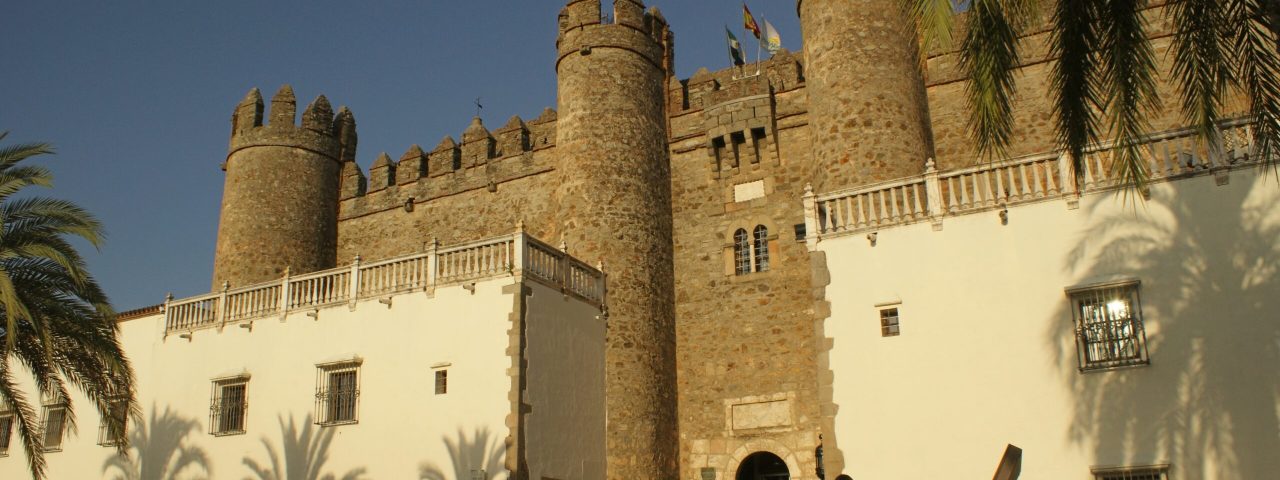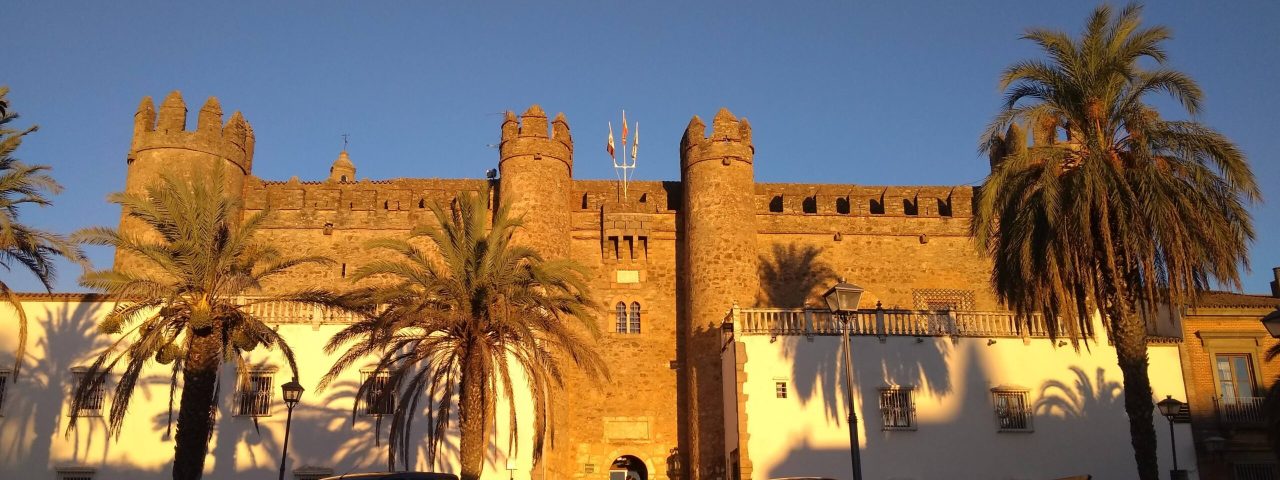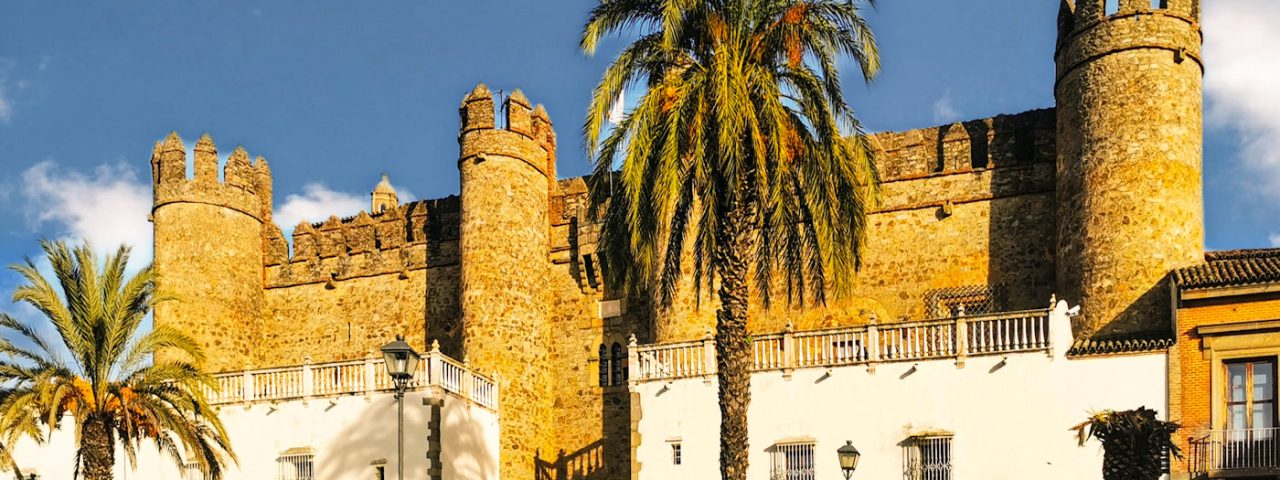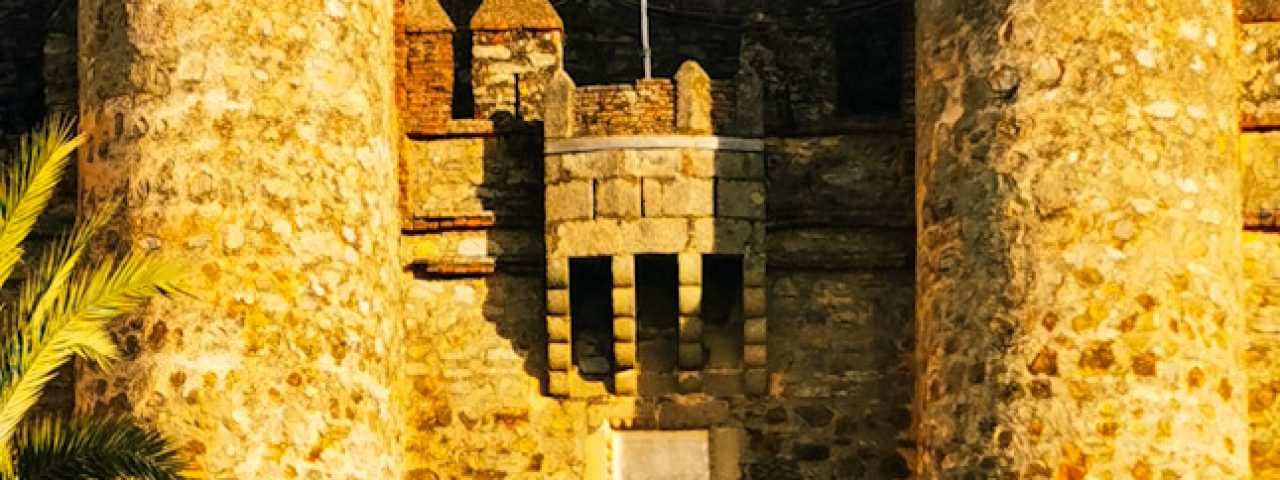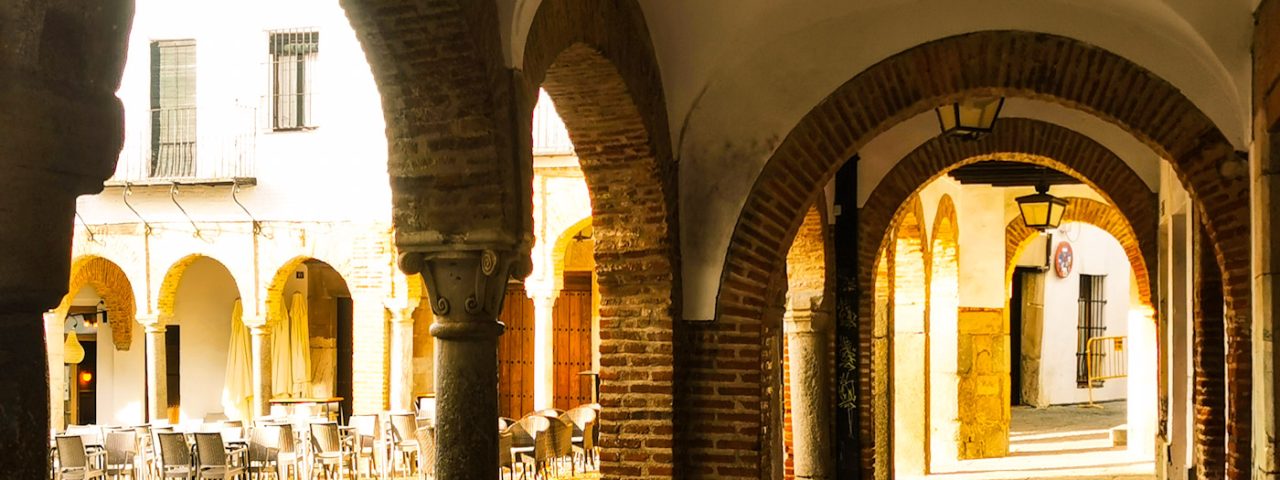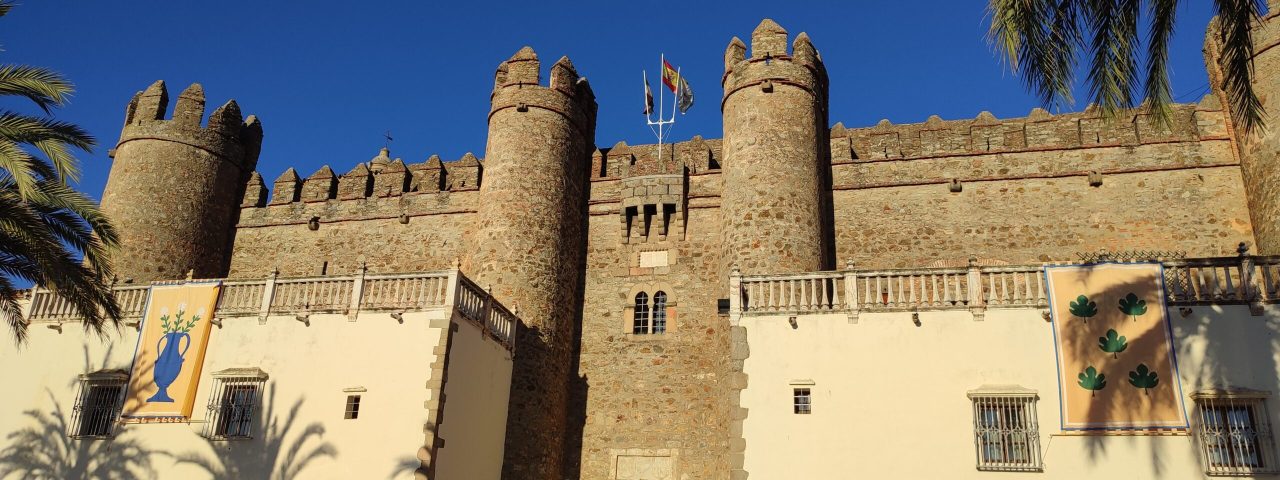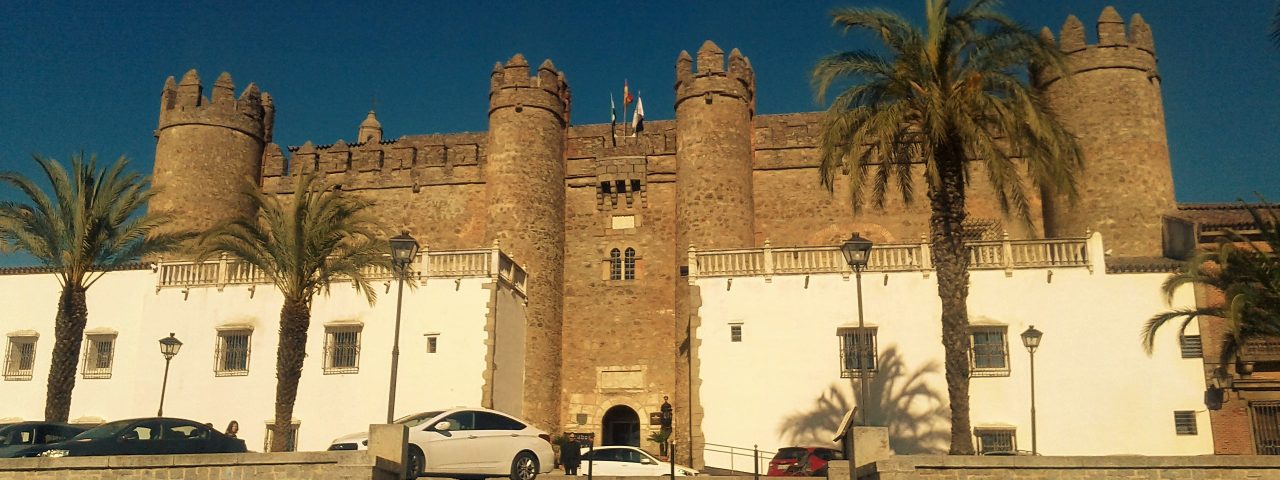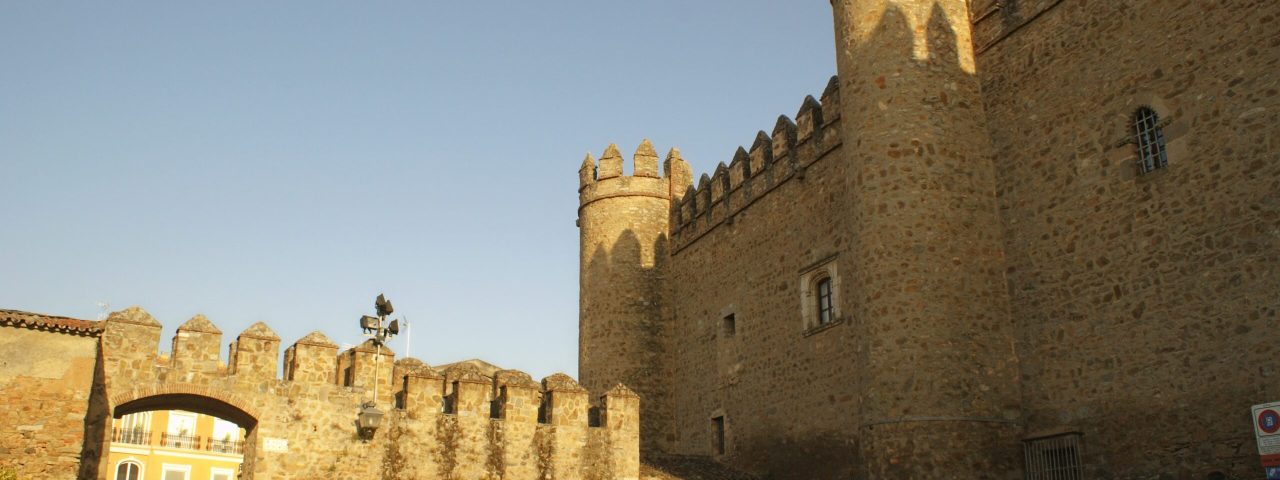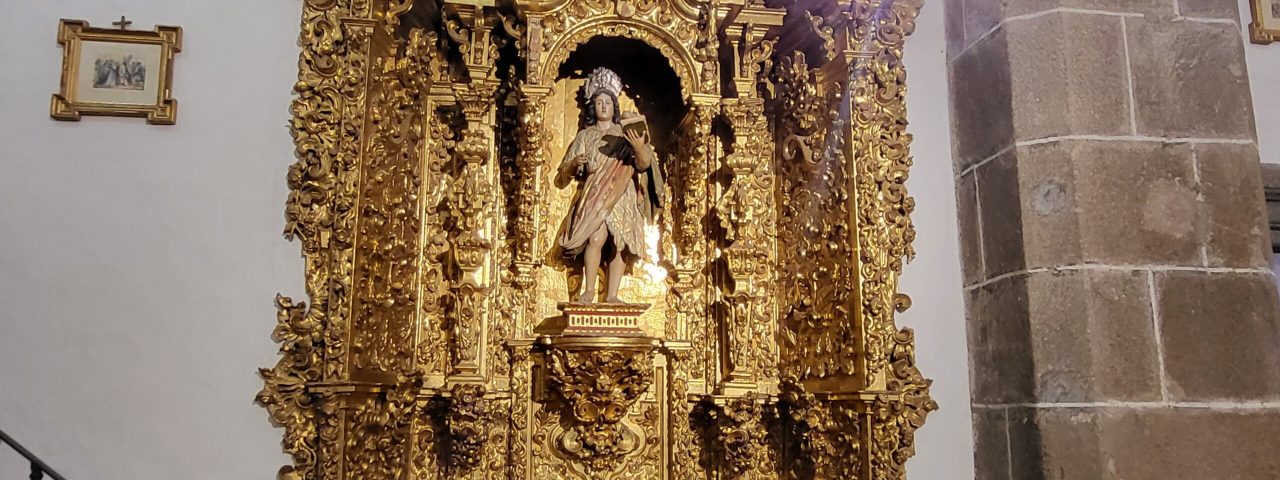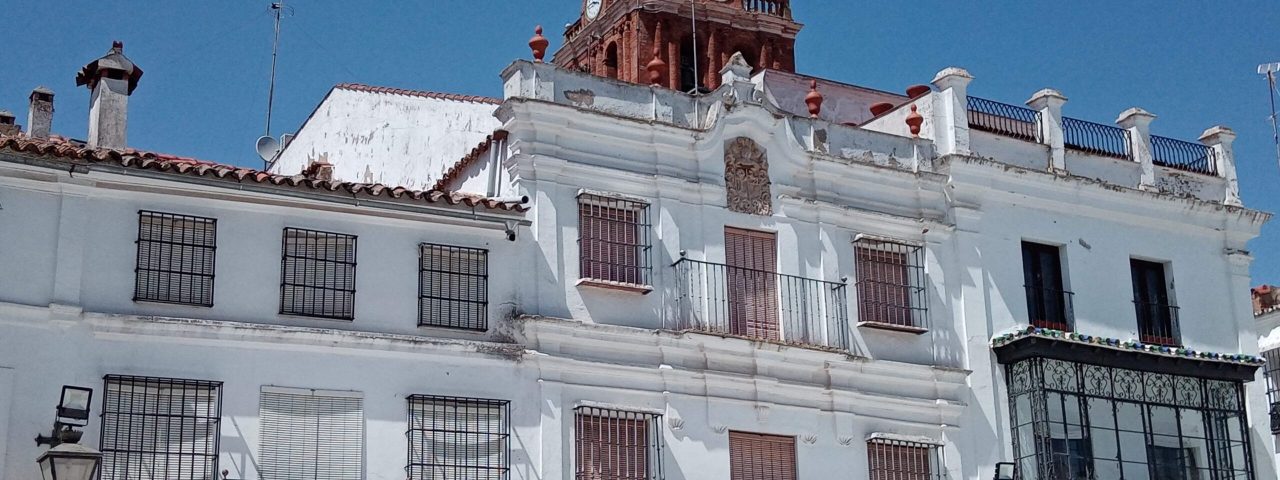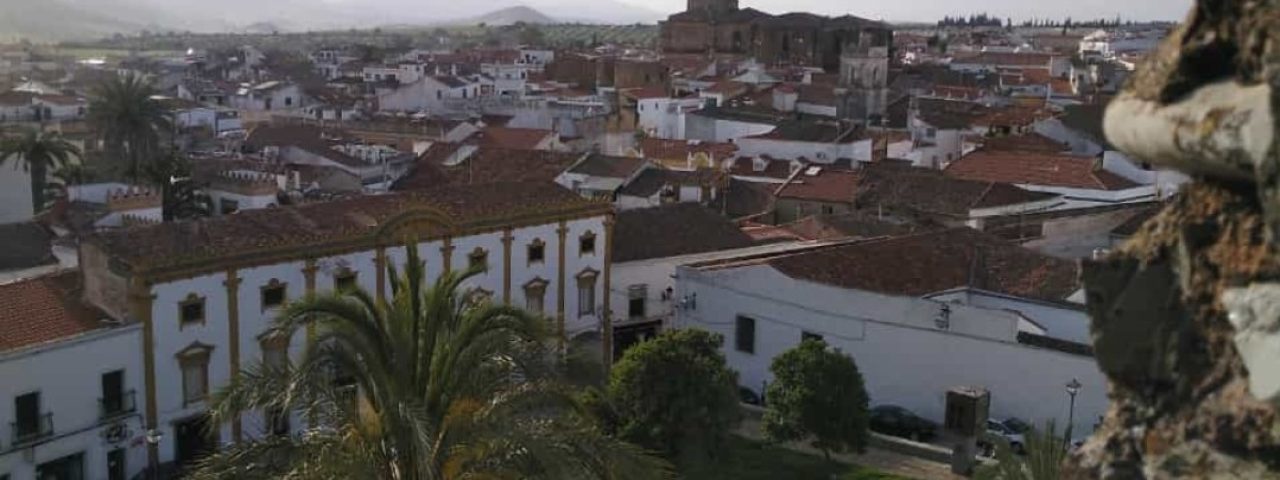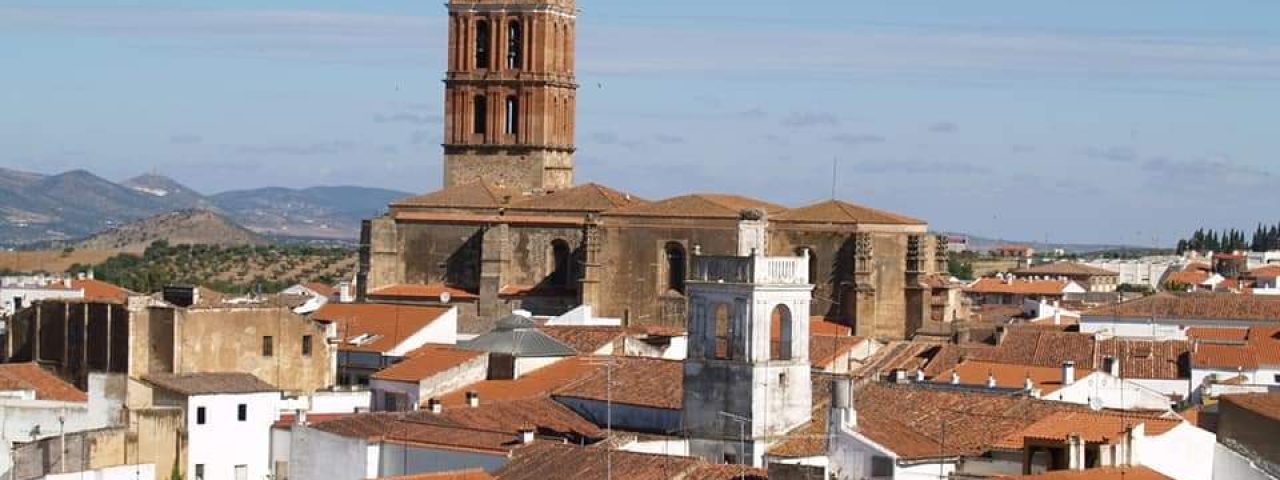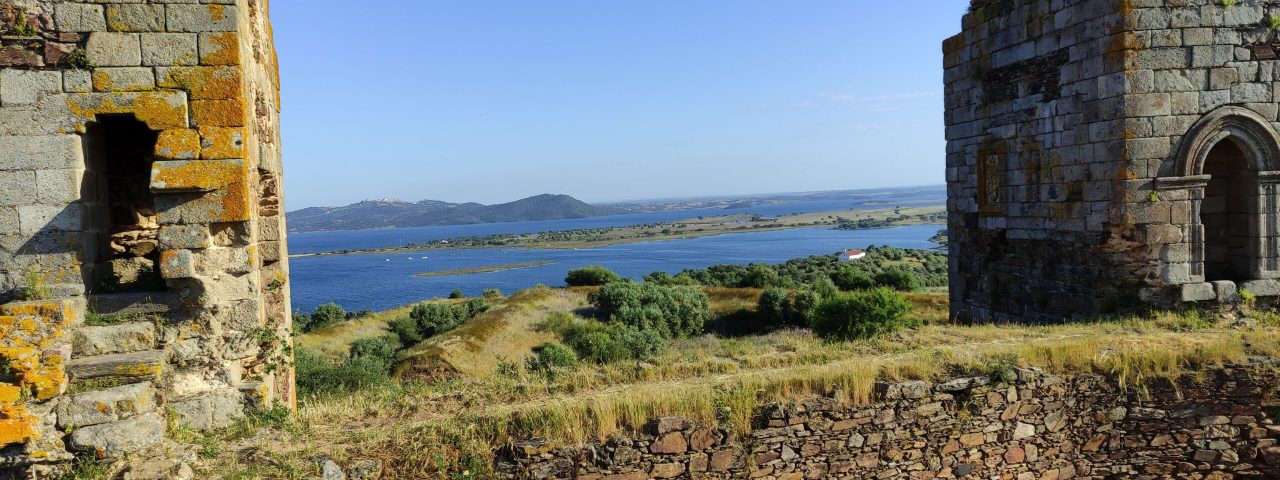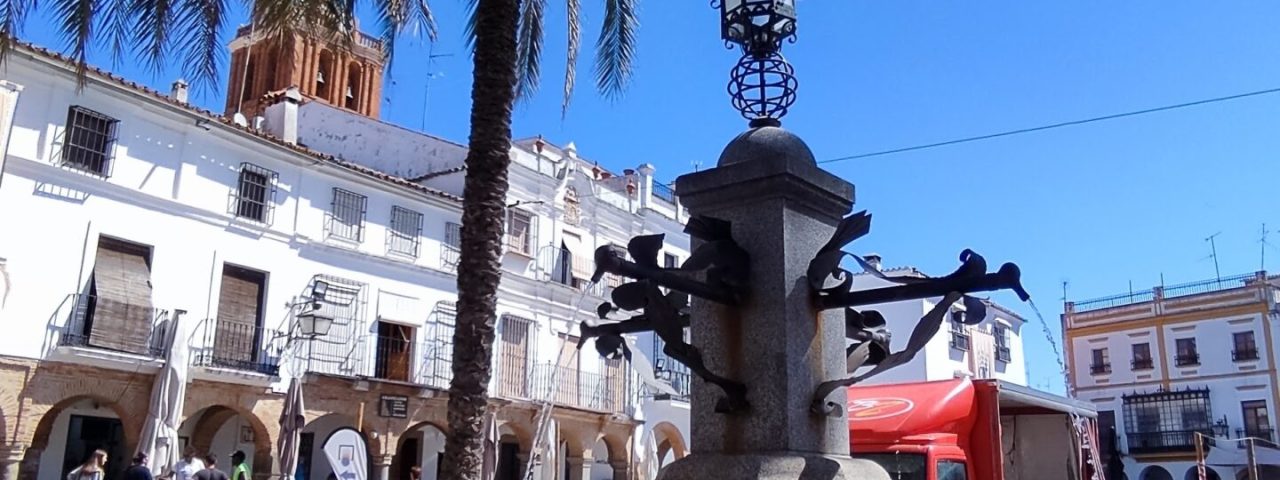Zafra boasts a rich and varied history, with its origins tracing back to Roman times when it served as an important town along the Ruta de la Plata. However, it was during the Moorish period that the city began to flourish, and many elements of its architecture and street layout still bear the hallmarks of this era. In 1241, Zafra was reconquered by Christian forces under King Ferdinand III of Castile, marking the beginning of a period of cultural and economic growth.
One of Zafra’s most significant historical events occurred in the 15th century, when it became the seat of the powerful Dukes of Feria, who commissioned the construction of the Alcázar Palace, a grand fortress-palace that now serves as a Parador (a luxury state-run hotel). The Feria family played a pivotal role in the development of the city, and their legacy is still felt in the cultural fabric of Zafra today.
Culturally, Zafra is known for its festivals and traditions, the most famous being the Feria Internacional Ganadera (International Livestock Fair), one of Spain’s most important agricultural events, held every October. The city also celebrates Semana Santa (Holy Week) with great fervor, featuring elaborate processions through its historic streets. Other local traditions include the annual Fiestas Patronales de San Miguel and a rich calendar of events celebrating regional folklore, music, and gastronomy.
